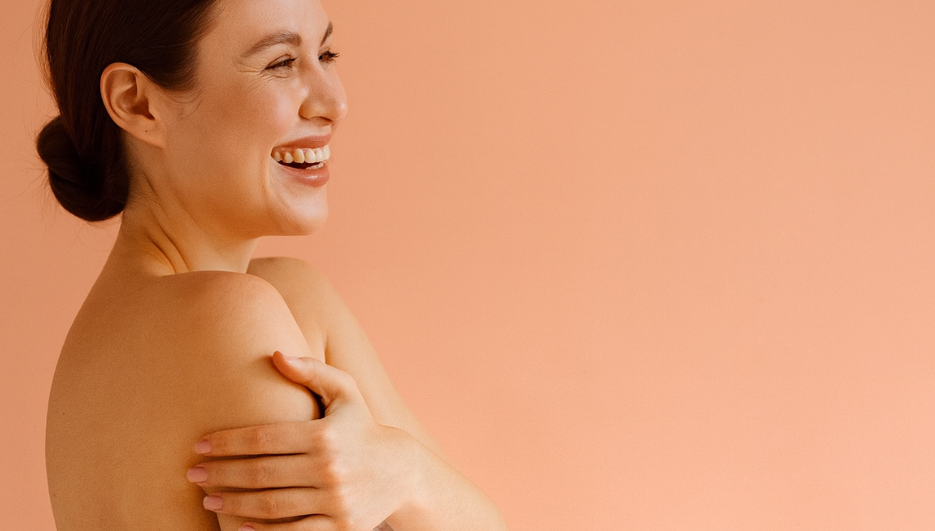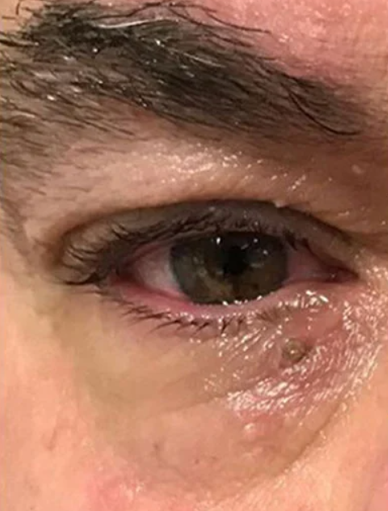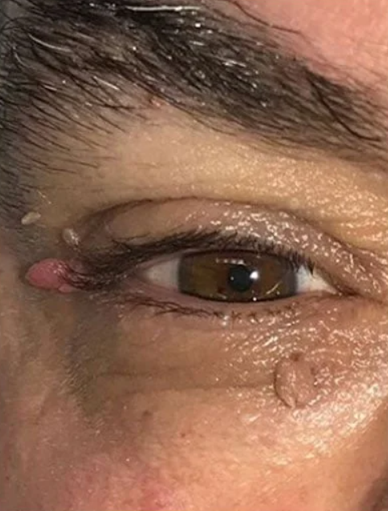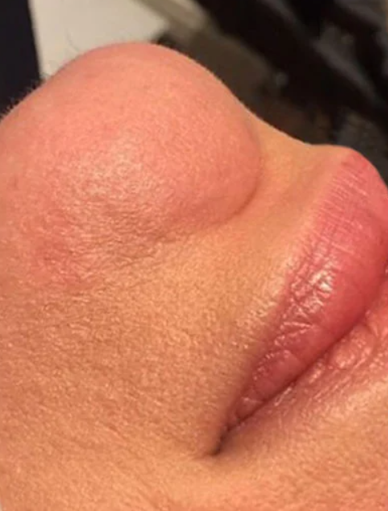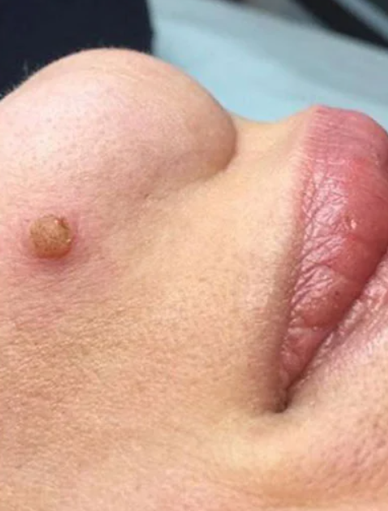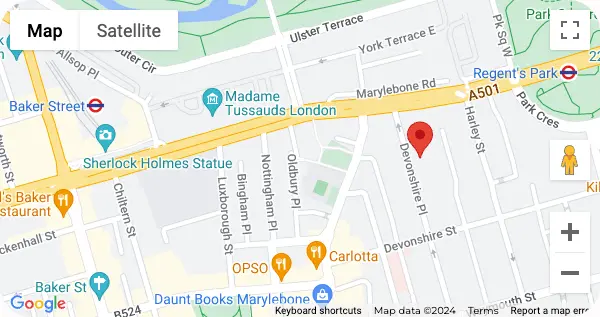Introduction
Do you have moles in your body that you want to be removed? There are different ways to remove your unsightly moles safely and effectively. But you should be aware of what methods are suited for the kind of moles that you have.
In this article, we will discuss 5 medical removal methods to get rid of your moles.
Understanding Mole Removal
Moles are common skin growths that most of us have. For other people, their mole may change in size and shape. For others, the look may still be the same over the years. Moles usually do not bring harm to individuals, but sometimes they can bring health issues, like skin cancer. If you feel like you want to remove your moles because they bring you uncomfortable feelings, explore different methods that are suitable for you.
Why Consider Mole Removal
For Cosmetic Reasons
Moles sometimes don’t look nice, especially if it is bigger or raised ones. It can greatly draw people’s attention if you have it on your face, which can make individuals uncomfortable. So, how does mole affect daily routines? Moles can affect men if they’re hit while shaving, and affect women when they become irritated while touched by clothes or jewelry. These factors are the reason why many people decided to have it removed cosmetically. So that they can feel comfortable and confident in themselves.
Health Concerns
Although moles are common and usually harmless, sometimes they can be the cause of a serious medical condition. They are a type of mole that is cancerous. Those are the one that changes their size and shape, the types that begin to bleed. These moles may need a biopsy to know if they’re cancerous or not. If your doctor found them cancerous, they will recommend immediate removal.
Common Mole Removal Techniques
There are different cosmetic mole removal techniques that you can choose from, depending on what kinds of moles you have. Here are the 5 methods of mole removal:
Surgical Excision
If you have moles that are deep and large or you suspect them of being cancerous, and you want them to be removed, surgical excision can be one of your best options. It involves removing them surgically, including a small margin of the surrounding skin. For moles that need to undergo a biopsy to know if they’re cancerous or not, this method is suitable. Your doctor will use anaesthesia in this procedure to minimise discomfort.
Pros:
- Complete removal
- Allows lab testing
- Effective for deep or suspicious moles
Cons:
- May heal longer
- May leave a scar
Shave Removal
Mole shave removal or shave excision is a simple and minimally invasive way to remove surface-level or raised moles. During the procedure, your doctor will use a small surgical blade to gently and carefully shave the mole down to the level of the surrounding skin. It is often used for those harmless or non-cancerous moles that stick out above the skin. Once healed, it will look smoother and natural.
Pros:
- Quick procedure
- Minimal downtime
- Less invasive
Cons:
- May not completely remove deep moles
- Regrowth is possible
Laser Removal
This method uses light beams to break down the mole’s pigment in a gentle way. These pigments are being absorbed and eliminated by the body naturally as time goes by. The surface of your skin will look clear and smooth after the mole has gone. The good thing is that it doesn’t need a long period to recover because it is a non-invasive procedure.
For those individuals who have smaller or non-cancerous moles, this method is best for them. It is also commonly used in the moles located on the face because it is precise and has minimal scarring results compared to traditional methods.
That said, laser removal is not suitable for all types of moles. For the best recommendation that will suit you based on your mole condition, consult your trusted doctor.
Pros:
- Non-invasive
- Low risk of scarring
- Quick recovery
Cons:
- Needs multiple sessions
- Not suitable for suspicious or deep moles
Cryotherapy
This mole removal treatment works by destroying or removing abnormal tissue with the use of extreme cold. In medical practice, it often use to treat warts or skin tags. It can also be used to treat some cancers, such as prostate or cervical cancers, in some cases.
Pros:
- Straight forward
- Effective for benign lesions
Cons:
- Risk of blistering
- Skin discolouration
- Incomplete removal
Electrosurgery
This procedure can provide patients with a safe and reliable way to remove their moles. Your doctor will use high-frequency electric currents to carefully cut and close the tissues at once. In this way, bleeding can be reduced and scarring can be minimal.
Pros:
- Precise removal
- Quick recovery
Cons:
- Changes in pigmentation
- Mild scarring
Effective & professional doctor-led Top 5 Mole Removal Methods at our central London clinic
Verified Before & After
Verified Before & After
Natural Mole Removal Methods at Home
Before they decide to get medical treatments, most people first consider natural or home remedies to remove their moles. Although these methods are highly popular, it doesn’t mean that they can be safe and effective to remove those moles. The claim has not yet been proven. In some cases, the moles have been improved just by using these remedies. We believed it still depends on the appearance and condition of the moles. But for those bigger or complicated moles, especially the ones that are suspected to be cancerous, a doctor’s assessment is much needed.
Essential Oils
Some people are considering essential oils for removing their moles in different areas of their bodies because they believe that it can be a natural and effective way to deal with them. These oils are the tea tree oil, oregano oil, and frankincense oil, which are available and can be purchased in the market. It works by making the moles fall off or fade after drying them out. So, how should you use them? You may use it once or twice a day by applying it to your mole directly.
Although most people find these oils effective for them, for some, the results may be different or ineffective. Maybe because different people have different types of moles. It is recommended to have a patch test on your skin before using these oils completely because they can cause an allergic reaction in some people. Also, if these oils are not used properly, they may lead to skin irritation or scarring.
Herbal Remedies
There are a lot of natural remedies people often use in trying to remove their moles. You can directly get them in your own kitchen or your own garden. Garlic paste, apple cider vinegar, and fresh aloe vera are some of them.
The reason why garlic is included is that the cells that provide colour to a mole can be broken down using it. About the apple cider vinegar, since it is acidic, many believe that it can make their moles flatten with regular use. So for aloe vera, although it can’t make the moles disappear, its soothing and healing properties may provide a big help.
These methods are mainly popular because we can’t deny the fact that the cost of these is cheaper, and it is very easy to try from the comfort of your home. But the thing is, it doesn’t always work as we expect it. Natural ways may not be effective in removing moles. It may cause irritation and worst, scarring if it is not used the right way. So, if you really want an effective option to remove your moles that make you worried, consulting your doctor is the best way.
Risk of At-Home Treatments
If you choose DIY removal, be ready because it can carry some risks. If you do the cutting, burning, or applying harsh chemicals to your skin on your own, it may cause skin irritations, may lead to permanent scarring, or you might not know that you are developing skin cancer. Some patients who tried home remedies developed complications, which ended up needing more invasive medical treatment.
When to Seek Professional Help
We all have moles on our bodies because it is common to grow on our skin. For some people, it is usually harmless and may not affect their daily lives. But some people may find it difficult to have them. So, if you notice that there’s a change in size and shape in your moles, or the colour has also changed, and is accompanied by bleeding, you have to visit your doctor. These signs may potentially be related to skin cancer.
Conclusion
Mole removal is not a one-size-fits-all decision. Some may provide complete removal and peace of mind when health concerns are present to an individual, just like surgical excision. Others are suited for cosmetic improvements, such as laser or shave removal. Natural remedies may sound good, but they are not yet proven whether they are safe and effective. It may also carry risks that may lead to serious problems.
If you really want to remove your mole most safely and effectively, a consultation with a qualified dermatologist is the best answer. In this way, you can both decide what methods can be suited for the kinds of mole you have and for the outcomes that you want to achieve.
FAQs
- Is mole removal safe?
Yes, the 5 methods that we have discussed above for mole removal are 100% safe and effective. Just be sure that you get the procedure done by a skilled professional because they know the right process and can give you proper advice from consultation until your recovery period.
- Can I remove a mole at home?
If you choose natural methods to remove your moles at home, yes, it can be. Using essential oils and some ingredients you can find in your home is okay because it’s cheaper and can be easily bought in the market. But you need to be careful in applying those products because they may lead to skin irritation if you are unable to apply them properly. It may also not help to remove your moles completely.
- What is the recovery time after mole removal?
Recovery will depend on what methods you have used. If you undergo surgical methods, it’s likely to heal within a week or so, and if it’s a non-invasive technique, probably a shorter period is needed.
- Will mole removal leave a scar?
The mole removal procedure may leave you scarred, especially if you use those invasive methods. But with proper technique and aftercare, it can be minimised. So it is best to get the treatment from your trusted dermatologist to avoid the risk of having scars.
- Are natural remedies effective for mole removal?
Some people who use natural remedies claimed that it was effective for them, that their mole had been removed. However, these claims are still not proven scientifically. In that case, you still need professional advice, especially if you suspect your mole is cancerous.
Reserve a mole removal appointment
One of our experts will be more than happy to answer any questions you have.
Book AppointmentClaudia Baillie
★★★★★
Excellent service. Would recommend
12th December 2025
Christina Kotsamidis-ventouras
★★★★★
I had a wonderful experience - very thorough and painless. Highly recommend!
10th December 2025
Sulamita Mileškaitė
★★★★★
Amazing clinic and very helpful staff they definately take good care of their patients. I'll be coming back. Thank you.
11th December 2025



